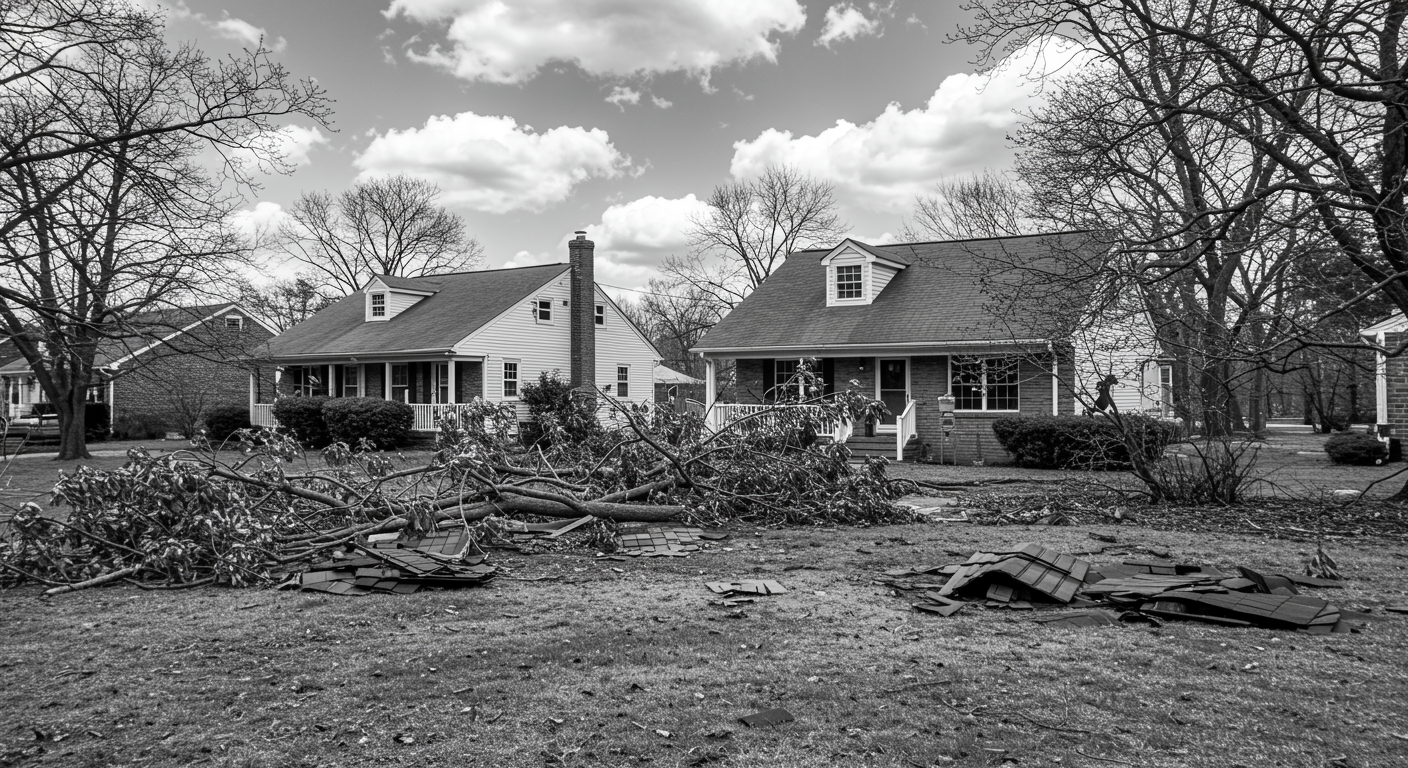Why Quick Storm Cleanup Matters After Severe Weather in Howell?
Storm damage doesn’t stop when the winds die down. The longer debris, water, and structural damage remain, the worse things get. Water soaks deeper into walls and floors, mold begins to form, and structural damage can grow more severe.
Problems That Worsen Without Fast Cleanup
- Water infiltration leading to mold growth within 24-48 hours
- Damaged roofs allowing rain into attics and walls
- Exposed electrical systems creating fire hazards
- Debris blocking drains and gutters, increasing future flood risk
- Damaged trees becoming unstable and falling unexpectedly
Handling storm cleanup right away reduces risks, simplifies insurance claims, and helps your home recover faster.
Step 1 – Ensure Your Safety First
Before starting any cleanup, check for immediate safety hazards. Storm damage can make your home unsafe, especially if trees fell near power lines or water reached electrical outlets.
- Look for downed power lines and stay far away.
- Avoid standing water near outlets, appliances, or breaker boxes.
- Check for loose roof shingles, broken windows, and leaning trees.
- Use protective gear like gloves and boots before entering damaged areas.
If your home suffered severe structural damage, wait for professional help before going inside.
Step 2 – Document All Storm Damage for Your Insurance Claim
Your insurance provider will need clear documentation of all damage. Take photos and videos as soon as it’s safe to do so. Capturing the extent of the damage helps ensure you receive full compensation for repairs.
How to Document Damage
- Take wide shots of affected rooms and exterior areas
- Capture close-ups of broken windows, missing shingles, and water damage
- Record videos walking through your property to capture the overall condition
- Save receipts for emergency repairs or temporary accommodations
The more evidence you provide, the smoother your insurance claim will go.
Step 3 – Remove Debris and Secure Your Property
Once documentation is complete, clearing debris and securing your home helps prevent further damage. However, some cleanup tasks — like tree removal or roof tarping — are safer and more effective when handled by professionals.
Tasks Homeowners Can Handle
- Collecting small branches, leaves, and outdoor furniture
- Clearing gutters and drains to prevent future flooding
- Covering broken windows with plastic sheeting or plywood
- Moving furniture and belongings away from water-damaged areas
Tasks Professionals Should Handle
- Removing large fallen trees or branches near structures
- Tarping damaged roofs and securing loose siding
- Assessing and repairing structural damage
- Extracting standing water from basements or crawlspaces
Advanced Disaster Recovery Inc. offers emergency tree removal, board-up services, and water extraction across Howell.
Step 4 – Check for Hidden Damage and Moisture
Not all storm damage appears right away. Water can seep into walls, flooring, and ceilings, causing slow, hidden deterioration. That’s why a professional moisture inspection helps uncover damage you can’t see.
Common Areas Where Hidden Damage Occurs
- Attics after roof leaks
- Wall cavities near windows and doors
- Basements and crawlspaces
- Under carpeting and inside drywall
Ignoring these hidden issues often leads to mold growth, structural weakening, and costly repairs months later.
Our team at Advanced Disaster Recovery Inc. uses advanced moisture detection tools to find hidden water before it causes bigger problems.
Step 5 – Schedule Professional Storm Damage Repairs
Once you document, secure, and inspect your property, restoration work begins. While some homeowners handle minor repairs themselves, larger projects — especially structural repairs or mold remediation — require professional expertise.
Benefits of Professional Storm Restoration
- Complete water extraction, drying, and dehumidification
- Safe removal of damaged materials like insulation and drywall
- Comprehensive repairs to roofs, siding, windows, and interiors
- Direct insurance coordination to streamline your claim
- Mold prevention and remediation to protect indoor air quality
Advanced Disaster Recovery Inc. provides complete storm damage restoration services, from emergency response to full reconstruction.
Common Causes of Storm Damage in Howell, Monmouth County
Every storm brings unique risks, but some types of damage occur more frequently in Howell homes. Knowing what to watch for helps you prepare ahead of time and spot damage faster.
Typical Storm Damage Causes
- Wind damage tearing off shingles and siding
- Heavy rain leading to flooded basements
- Falling trees damaging roofs and vehicles
- Lightning strikes causing fires or power surges
- Flash floods overwhelming drainage systems
No matter the cause, fast action protects your home and speeds up recovery.
Need Professional Storm Cleanup in Howell, Monmouth County? Call Advanced Disaster Recovery Inc.
When storms strike, you need a reliable cleanup and restoration partner who responds quickly and works with your insurance company. At Advanced Disaster Recovery Inc., we provide:
- 24/7 emergency storm cleanup
- Fast removal of fallen trees and debris
- Expert water extraction and structural drying
- Comprehensive roof and exterior repairs
- Full reconstruction services
- Direct billing to your insurance provider
You don’t need to face storm damage alone. Contact Advanced Disaster Recovery Inc. today for expert storm cleanup and restoration services in Howell, Monmouth County.











